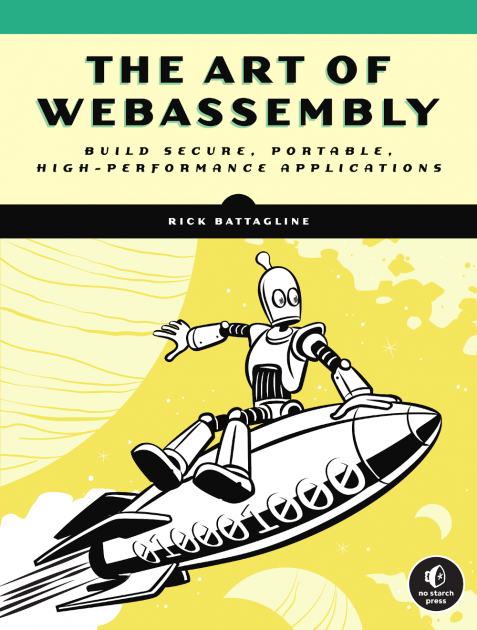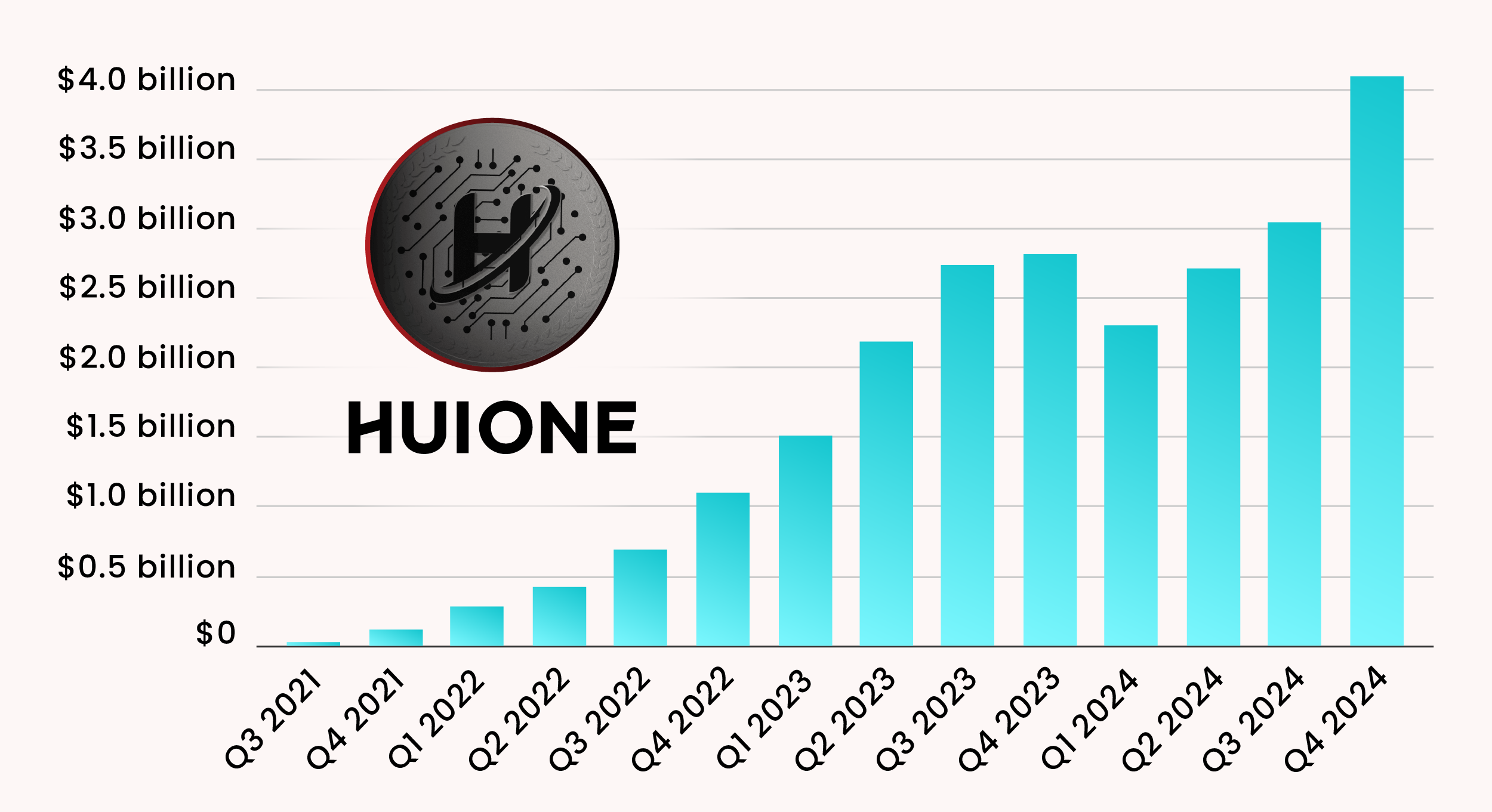Notes on running Go in the browser with WebAssembly
Recently I've had to compile Go to WebAssembly to run in the browser in a couple of small projects (#1, #2), and in general spent some time looking at WebAssembly. I find WebAssembly to be an exciting technology, both for the web and for other uses (e.g. with WASI); specifically, it's pretty great that we can take existing projects and components written in Go and run them in the browser.
In this post, I will summarize some useful patterns in running Go in the browser via WebAssembly. All the patterns are demonstrated by small, self-contained programs you can find in this GitHub repository.
This sample serves as the basis for other samples in this post: let's write a Go function that we'll call in the browser using JS. This function uses Go's math/big stdlib package to calculate the sum of the harmonic series for some duration [1], and returns the result with high precision:
The easiest way to obtain this file is download it from the Go project's GitHub mirror (for the same Go version your Go code is compiled with); this is handled by the Makefile in our sample project:









/cdn.vox-cdn.com/uploads/chorus_asset/file/25831586/STKB310_REDNOTE_XIAOHONGSHU_B.jpg)









